According to a recent survey, more than 25% of damaged items during moves are fragile. Dropping breakables can be expensive and frustrating, creating unnecessary stress in what should be an exciting transition.
You can mitigate this risk by choosing the best materials to protect your fragile items. Understanding how to pack fragile items for moving ensures your valued possessions arrive safely at your new home.
Bubble Wrap
Bubble wrap is an indispensable tool for safeguarding your delicate belongings. Its air-filled pockets provide exceptional cushioning to absorb shocks and prevent breakage.
This versatile material is easy to use and widely available.
When wrapping fragile items, start with a layer of bubble wrap, ensuring all sides are covered. This method is particularly effective for glassware, ceramics, and electronics.
The flexibility of bubble wrap allows it to conform to the shape of any object, providing a snug fit that minimizes movement during transit, thus enhancing protection. By incorporating bubble wrap, you not only cushion your items but also secure peace of mind, knowing your valued possessions are shielded from potential damage.
Packing Paper
Packing paper is an economical and effective option for shielding fragile items. But what exactly makes it so indispensable when considering how to pack fragile items for moving?
Since its inception, packing paper, a staple in moving supplies, has evolved to offer unparalleled protective properties. Its softness and flexibility allow it to be molded around various items, providing a gentle barrier against scratches and impacts.
Its non-abrasive nature means you can confidently use it on delicate surfaces without worry. Furthermore, it interweaves with itself, creating a cushioning layer that enhances its shock-absorbing qualities, making it an excellent choice for fragile items like glassware and fine china.
Additionally, packing paper is easier to handle and manipulate into tight spaces than some other packing materials. This ensures that every bit of space within a box is utilized effectively, thereby enhancing overall stability and protection during your move.
Embracing packing paper in your moving strategy demonstrates a commitment to meticulous care and thorough preparation, ensuring your cherished belongings arrive intact.
Foam Sheets and Peanuts
Foam sheets and peanuts serve as indispensable allies, providing a reliable cushion to absorb shocks, especially during transit over long distances or rough terrains.
These materials can easily be adapted to fit various needs, ensuring maximum protection.
Foam sheets are ideal for wrapping delicate items, offering uniform coverage and support.
Meanwhile, packing peanuts excel in filling gaps in boxes, preventing movement and potential collisions.
Together, these materials create a dynamic combination that shields fragile items from damage, showcasing their worth in any comprehensive moving strategy.
Ultimately, the use of foam sheets and peanuts adds a layer of security that ensures peace of mind during the moving process, reinforcing that your valuables are in safe hands.
Sturdy Boxes
When considering how to pack fragile items for moving, sturdy boxes become an absolute imperative.
Opting for high-quality, reinforced boxes ensures a solid foundation that can withstand heavy loads, protecting your delicate belongings from shifting and external impacts. These resilient boxes, often crafted with double-walled construction, offer an added layer of assurance, keeping your items secure against unforeseen mishaps during transit.
Additionally, they provide stability for stacking without collapsing. By investing in premium boxes, you significantly reduce the risk of your fragile items getting damaged, allowing for a smoother and more efficient moving process.
In conclusion, using sturdy boxes to support and safeguard fragile items is a critical step. This essential investment instills confidence and fosters a sense of preparedness, knowing your cherished possessions will arrive at your new home in pristine condition, ready to enrich your next chapter.
Packing Tape and Labels
When learning how to pack fragile items for moving, reliable packing tape and clear labels become indispensable assets.
High-quality, durable packing tape is a cornerstone of a successful moving strategy, ensuring that your boxes remain securely sealed and resistant to accidental openings. This vital tool prevents boxes from bursting under pressure, which is particularly crucial when dealing with delicate contents. Reinforced packing tape with strong adhesive qualities provides an additional layer of security and stability.
Equally important are clearly marked labels that identify the contents of each box. By labeling your boxes accurately, movers and helpers can handle each package with the appropriate level of care. It minimizes the risk of fragile items being jostled or stacked improperly, thereby safeguarding their integrity throughout the move.
In summary, with the strategic use of robust packing tape and meticulous labeling, you enhance the prospects of a seamless moving experience. This preparation not only shields your breakables but also injects efficiency into the process, ensuring that your treasured items are transported with the utmost care and attention.
Cushioning for Gaps
When packing fragile items, cushioning materials might hold the key to safeguarding your belongings against unnecessary damage.
To begin with, it’s crucial to utilize cushioning for gaps as a protective barrier between the items and the box walls. Materials such as packing peanuts, bubble wrap, and foam inserts serve this purpose splendidly, absorbing shocks and preventing items from shifting during transport. These materials, known for their flexibility, fit snugly into any remaining space, creating a buffer zone that enhances protection.
Additionally, old towels or soft clothing can be an excellent alternative for cushioning gaps. By repurposing these household items, you add an extra layer of protection while maintaining an eco-friendly stance. Carefully wrap your fragile items with these materials, then place them in the box, filling any gaps with additional padding to prevent movement.
Incorporating cushioning for gaps not only ensures your fragile items are secure but also instills peace of mind knowing you’ve done everything possible to protect your valuables. This conscientious approach to packing accentuates the importance of detail and foresight, promoting a successful move where your precious items arrive at their new destination unscathed, ready to be enjoyed once again.


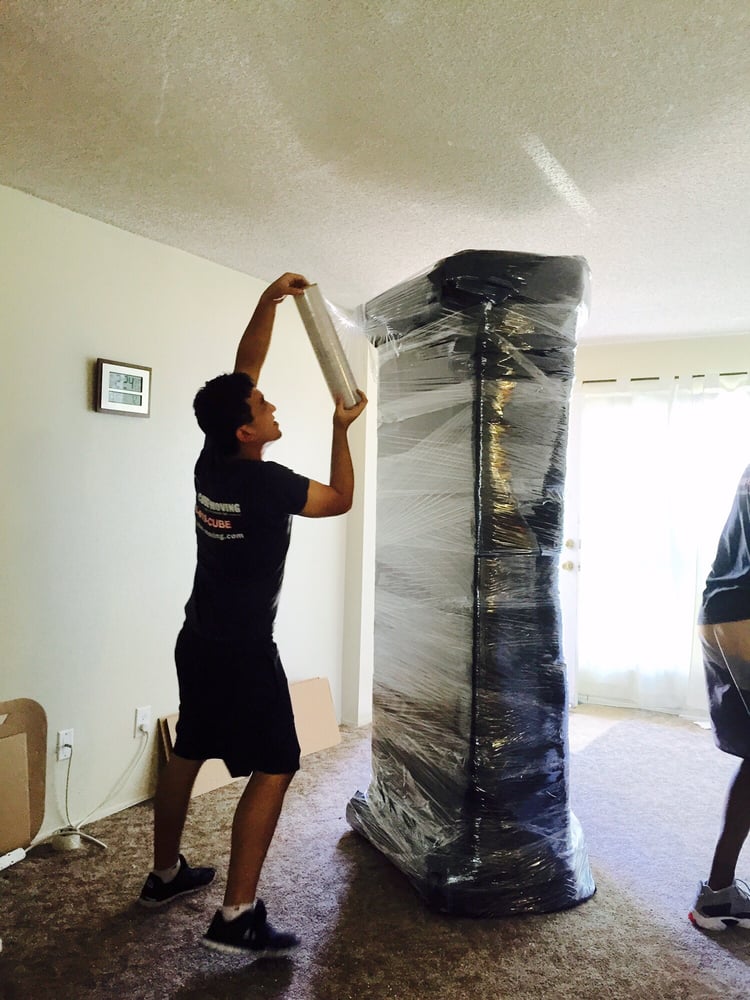
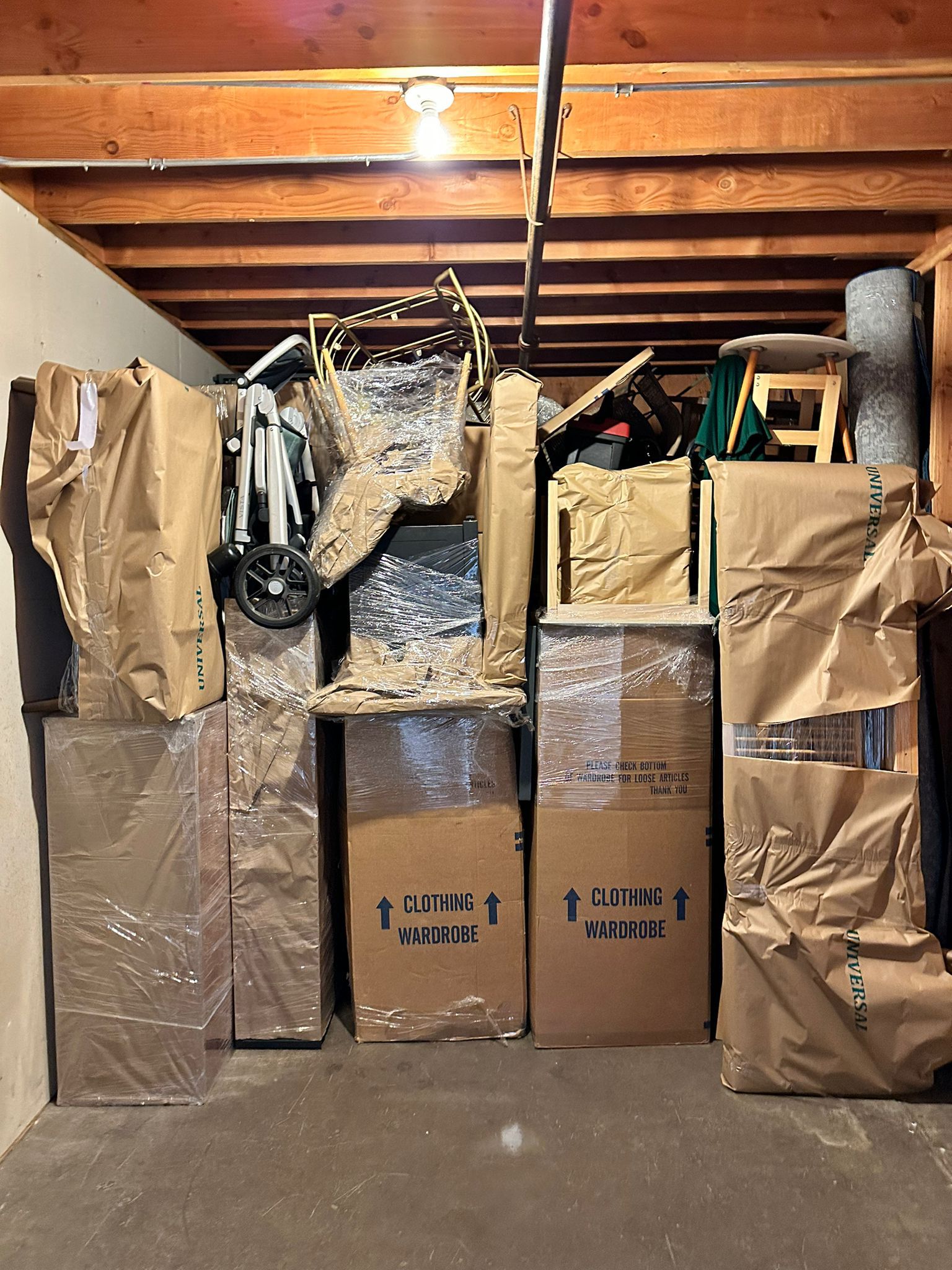

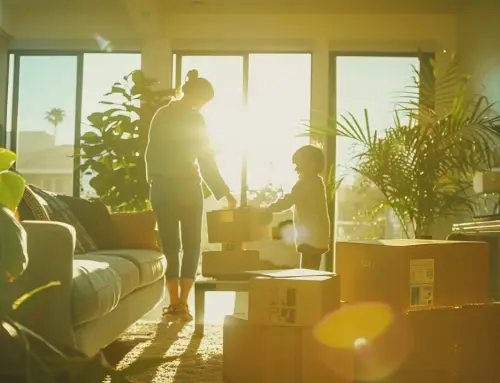
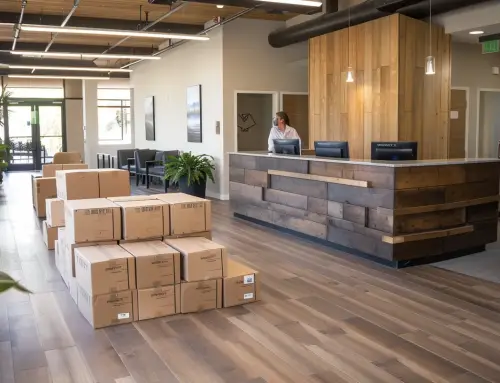
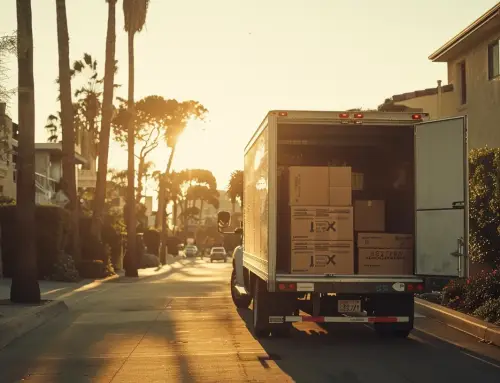
Leave A Comment